We take a detailed look at what “sustainable forestry” means, the standards that have to be met in order to be considered sustainable in forestry, and the impact of sustainable forestry practices on the environment.
There’s no doubt that forests are one of the most important resources on earth. But can working forests–where trees are planted and later harvested for their timber–provide the same environmental benefits as a wild forest? And can an operation that includes the removal of trees from the land be considered sustainable?
Thanks to sustainable forest management practices, working forests play an extremely important role in protecting and preserving the environment. These practices are designed to maintain and protect forests for generations to come.
In this article, we’re going to look at what it means to sustainably manage a forest, why it’s important and how it impacts the environment.
- What does sustainable forestry mean?
- What are sustainable forestry management practices?
- How do clearcuts and harvests fit into a sustainable forest management plan?
- Why is sustainable forestry important?
- How does sustainable forestry impact the environment?
- How can people support sustainable forestry?
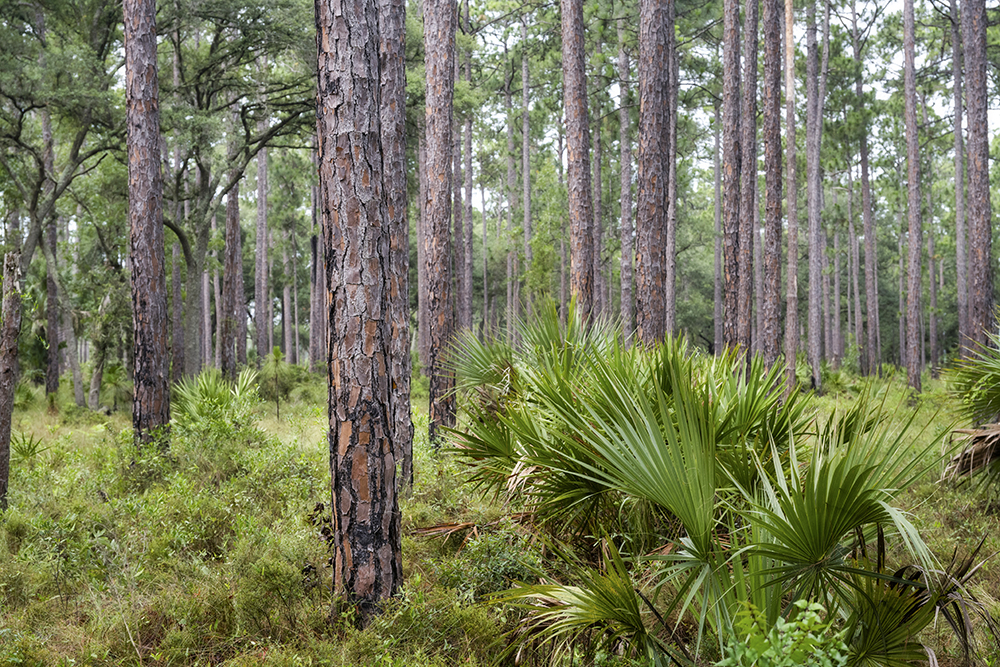
First things first: What does “Sustainable Forestry” mean?
When something is sustainable, it can be maintained or continued into the future. Forestry is the science as well as the art of managing forests. When you put them together, sustainable forestry is the perpetual cycle of caring for and managing forests through generation after generation of the forest lifecycle.
Simply put, in sustainable forestry we plant trees, allow them to grow, harvest them and replant, all while protecting the ecosystems they are a part of.
“When you think about it from a business standpoint, of course we want [to replant] to have a sustainable business,” says Rayonier Public Affairs Manager Shawn DeRome. “But also from a conservation aspect, we want to make sure that we’re being good stewards of the environment and maintaining a healthy ecosystem.”
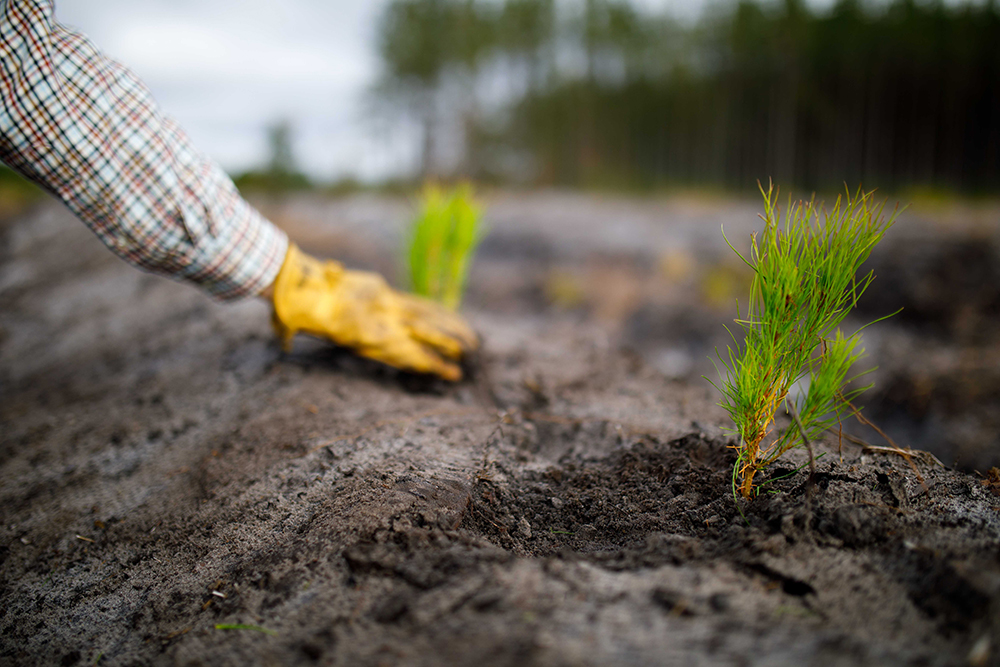
What are sustainable forestry management practices?
Forestry companies like Rayonier take careful steps to ensure our forests will thrive for generations to come. With a stand of trees growing for at least 20 years in some parts of our ownership and more than 40 or 50 years in others, we always have our forests’ long-term sustainability in mind.
Foresters follow guides called Best Management Practices, which ensure they’re protecting the environment while they work. Also known as BMPs, these practices include setting up protected areas for vulnerable species; creating protected boundaries around waterways; and carefully monitoring the use of any chemicals in the forest.
We also voluntarily adhere to the highest sustainability standards in our industry, which include the sustainable forestry initiative in the U.S. and the Forest Stewardship Council (FSC) and Programme for the Endorsement of Forest Certification (PEFC) in New Zealand. Each of these programs has a rigorous set of guidelines and regularly audits its members’ documentation, foresters and forests to ensure they are meeting the standards.
Here are some of the specific forest management principles that ensure our forests are sustainable:
- Creating a balance of forest ages
- Ensuring a mosaic of different habitat types
- Setting up Wildlife Corridors around waterways and wetlands
- Protecting vulnerable and endangered species
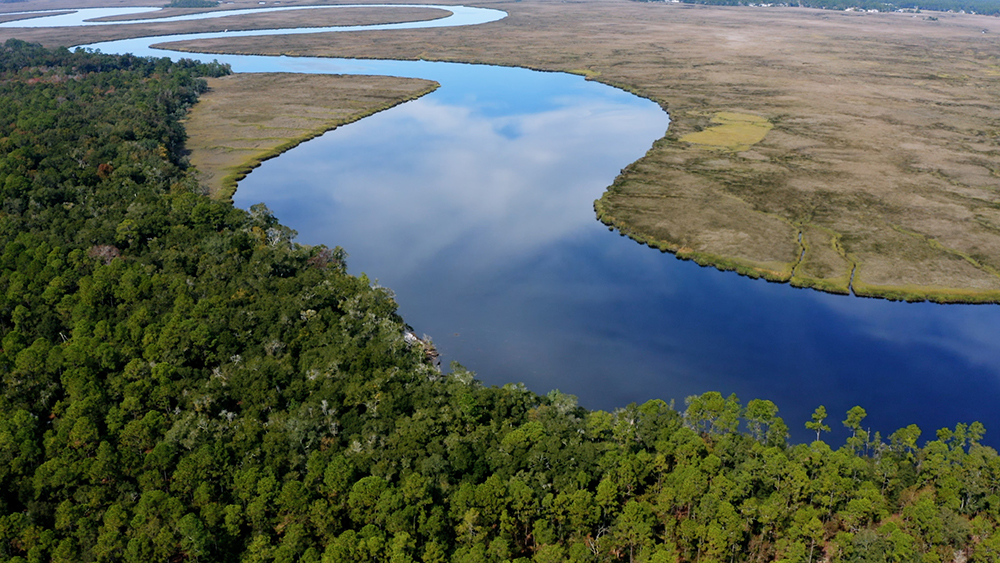
Creating a balance of forest ages
In sustainable forestry, we follow a carefully-managed process of ensuring the right balance of tree ages across our land base. There should be baby trees, young trees, mature trees and trees ready for harvest in each region where we own land. Whenever one stand of trees is harvested, a new generation of trees is typically planted in its place within one to two years, ensuring that balance of ages will continue.
The average sustainable forestry company only harvests a very small percentage of its trees each year. Over the past five years, Rayonier cleared less than 4 percent of its forests per-year.
This balance of ages ensures there is a plentiful supply of different habitats for wildlife on our land. It also ensures we will have a “sustainable yield” year after year, which is a harvest rate in balance with the growth rate of the forest. In other words, if we continue to harvest and replant at this rate, we won’t run out of trees—ever.
Our forests serve as living examples of the sustainable process: some have been planted and replanted for more than 150 years! Pope Resources, a forestry company Rayonier purchased in 2020, owned more than 250,000 acres of forests in Washington’s Olympic Peninsula by the 1870s. Today, we continue to manage many of those same forests.
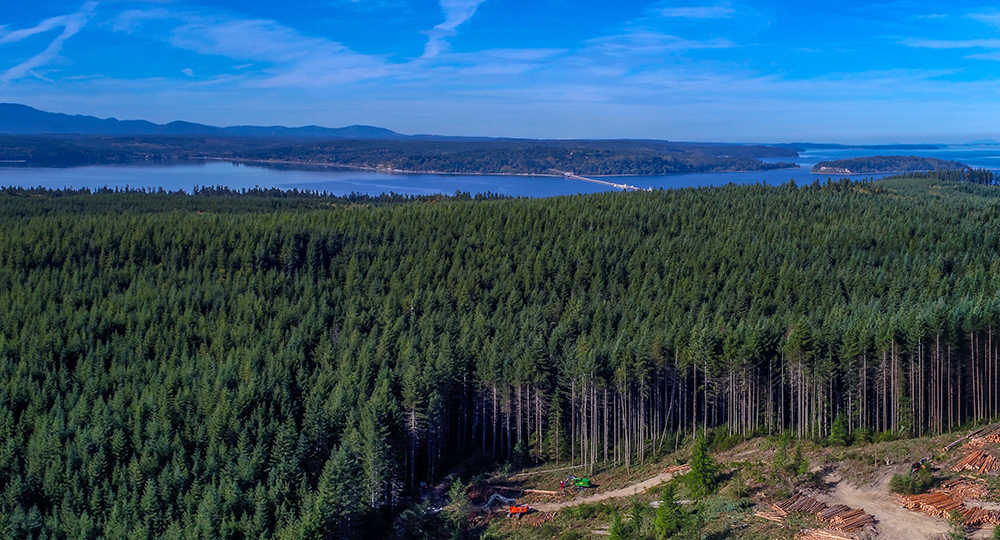
Ensuring a mosaic of different habitat types
The balance of forest ages coupled with a mix of other forest types, such as wetlands and hardwood forests, creates what foresters call a mosaic of habitats. Viewed from above, the forest looks like a patchwork quilt. This rich variety of habitats supports a myriad of wildlife and plant species.
As we explain in detail on our forest biodiversity website, which immerses viewers in a wide range of habitat types within our forests, different plants and animals need different types of forests. While some graze on the plants that thrive in open, sunny areas, others need the protection of a more mature forest. Many need both!
“Something that’s important in biodiversity is edge effect,” explains Ben Cazell, Rayonier’s Senior Manager of Sustainable Forestry, referring to the border between an older forest of tall trees and a young, open forest. “Different species can be on the edge. They can go into the older forest for cover, they can come out into the open forest and feed, and they can go back into the older forest for cover. That’s very important.”
Even protected species like the Northern Spotted Owl, which lives in old growth forests, also need younger, open forests for visibility when hunting for food.
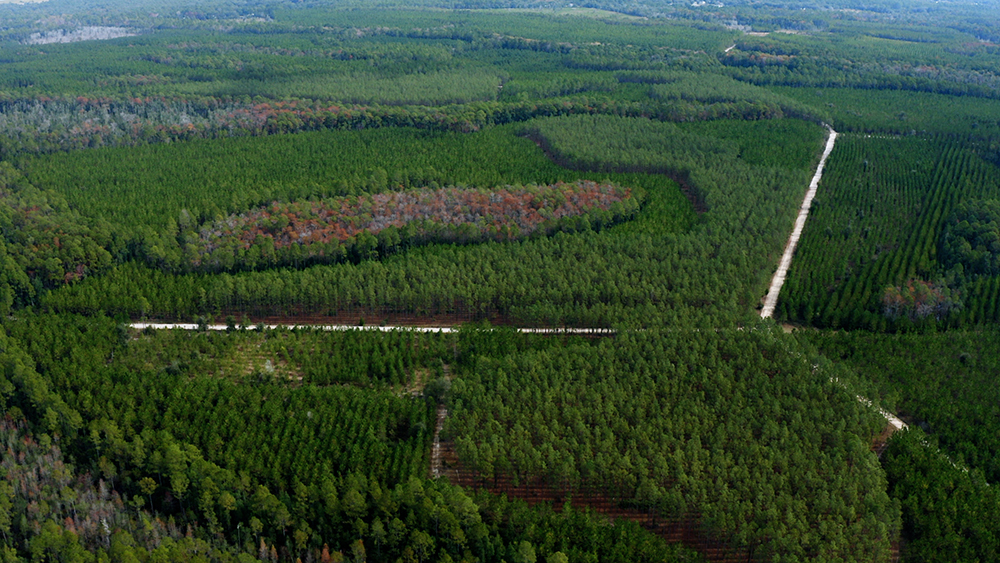
Setting up Wildlife Corridors around waterways and wetlands
Have you ever noticed there are many more small creatures in the forest than there are large ones? For example, there may be countless bees buzzing around, but only one or two bald eagles. You may come across dozens of squirrels during a forest hike, but you may only see one or two deer.
The reason for this is that larger animals have a larger range. They need that larger area to get the food they require. All species—but especially these larger species—benefit from a large wildlife corridor.
In sustainable forestry, these corridors are provided along the streams and waterways within the forest. Foresters set up boundaries around these waterways called streamside management zones or riparian management zones. We choose to protect these areas and do not actively manage them the way we would manage a commercial timber forest. This ensures that sediment and chemicals stay far from the water, as explained in our article, “Working Forests Protect Water Quality Across the U.S.” It also creates a protected area where animals can safely move from place to place.
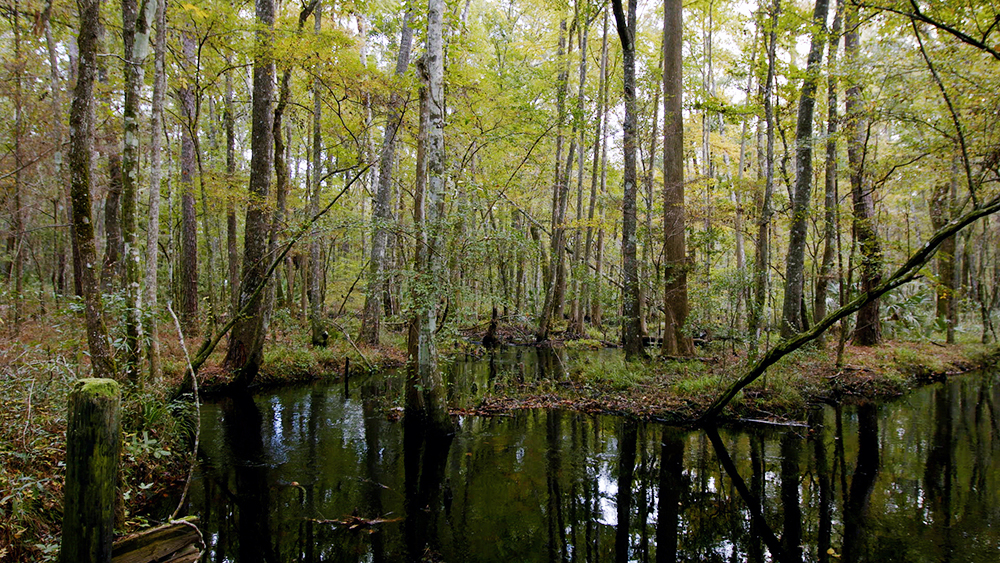
“About 30% of our land is this kind of setting,” says Ben Cazell. “Think of it like your blood vessels. They’re all over the land base. They provide good food resources and protection from predators.”
He said the corridors also strengthen the health of the forest animals by allowing exposure to other populations.
“If we have a deer population in the south and we have a deer population in the north, if they’re separated by something and they don’t have these corridors, they can’t really mix and create a stronger herd,” Ben explains.
Protecting vulnerable and endangered species
There are special guidelines within our Best Management Practices to protect vulnerable, threatened and endangered plant and animal species. Foresters are trained to recognize the signs of these species’ habitats and protect them.
For example, when a forester finds a bald eagle’s nest, a 330-foot range around the nest will immediately and permanently be protected as long as the nest exists. During nesting season, that area becomes even larger—-660 feet—to ensure the eagles are not disturbed. You can learn more about how we protect eagles’ nests and watch a video of a baby eagle in a nest in one of our forests here.
Other species we protect include the extremely rare Red Hills Salamander, found only in a small region in Alabama; the hairy rattleweed, a plant once believed to be extinct that continues to grow in our forests; and gopher tortoises, a keystone species more than 300 other forest species depend on.
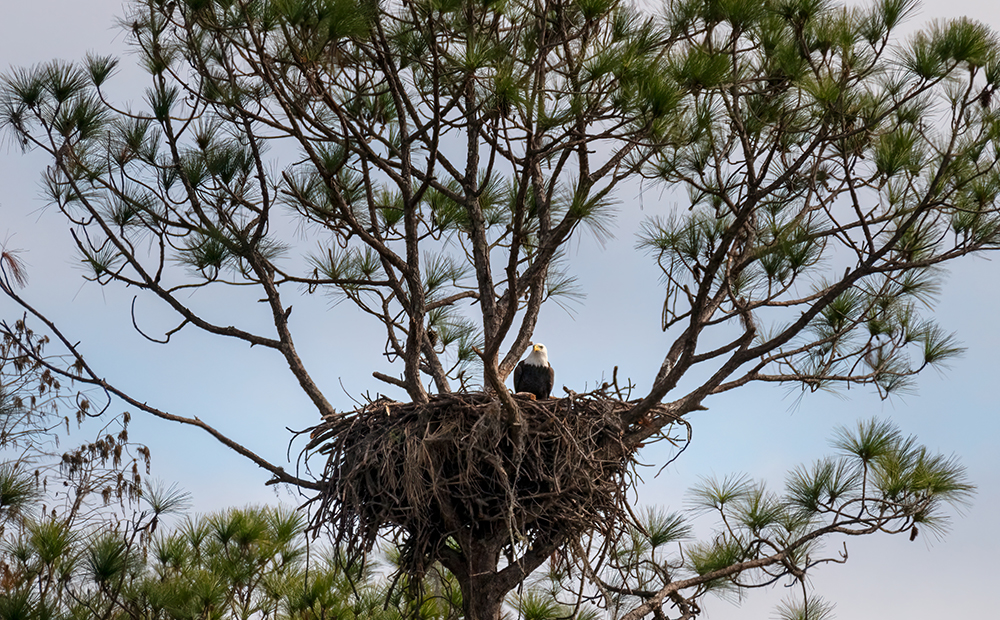
How do clearcuts and harvests fit into a sustainable forest management plan?
Believe it or not, even clearcuts play an important role in protecting the health of the forest.
How can harvesting trees be good for the environment?
A harvest that clears an area of trees all at once mimics something nature has done on its own throughout history. It’s an important part of sustainablle forest management because it encourages new growth, provides sunlight for plants many forest insects and animals need, and gives predators in the air and ground an open place to hunt.
This practice is one of the only activities in our modern world that replicates what used to happen naturally with fire. Long ago, forest fires naturally occurred after lightning strikes, clearing large areas and allowing a rebirth of the forest. Today, those fires are quickly extinguished to protect the human population.
“In the past, wildfire played a key role in the renewal of forest resources,” explains Rayonier’s Alabama Director of Operations Phillip Smith. “Since we’ve controlled that, we’ve taken away that tool or that opportunity to do that. Harvest actually mimics that. It allows an opportunity to create openings within the landscape, which we go back and promptly replant and create a new forest.”
The openings in the forest created by a harvest allow sunlight to reach the forest floor. Soon, berry bushes, flowers and other plants appear, providing a rich food source for pollinators and foragers. Small animals come to forage among the plants, such as mice, rabbits and deer. Soon, larger birds and animals arrive to hunt for small prey, such as owls, who take advantage of the high visibility in the open area.
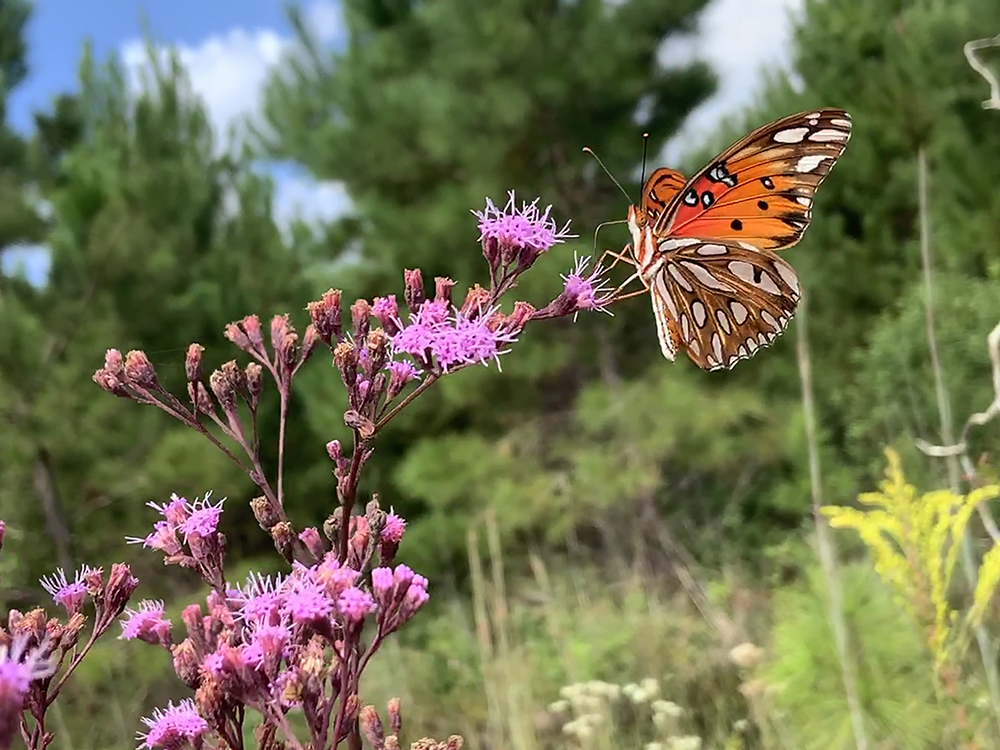
In addition to the forest edge, which is an excellent place for birds to perch and view the open area, foresters also leave what they call “perch trees.” These tall trees left in the forest ensure there is a place for birds to land as they travel across the open area.
The open forest will eventually fill in with a new generation of trees, but with our approach to forest management, another area nearby will open as harvesting, replanting and other stages of the forest lifecycle continue.
“A stand of timber is very dynamic,” explains Timber Marketing Manager Casey LaCasse. “It grows and basically evolves. And the habitat underneath? It does as well. There are numerous wildlife species that benefit from that change over the long term. What you see today isn’t what you’re going to see two years from now.”
Why is sustainable forestry important?
What if we no longer managed forests sustainably? So much would be at risk.
“Sustainable forestry is very critical,” explains Casey, “because if we were to harvest without replanting and nurturing the next generation of trees, we risk destroying not just the wood supply, but entire ecosystems—all the plants and animals that depend on these trees.
“Sustainable forestry is a key that provides a continuous supply of wood, but at the same time maintains harmony within ecosystems.” Working forests make up a large portion of the world’s forests. In the U.S., 67 percent of the nation’s forests are working forests, according to ForestCarbonDataViz.org, a website that takes a deep dive into the data on working forests’ impact on our world. Imagine how the world would be impacted if these forests were not managed sustainably!
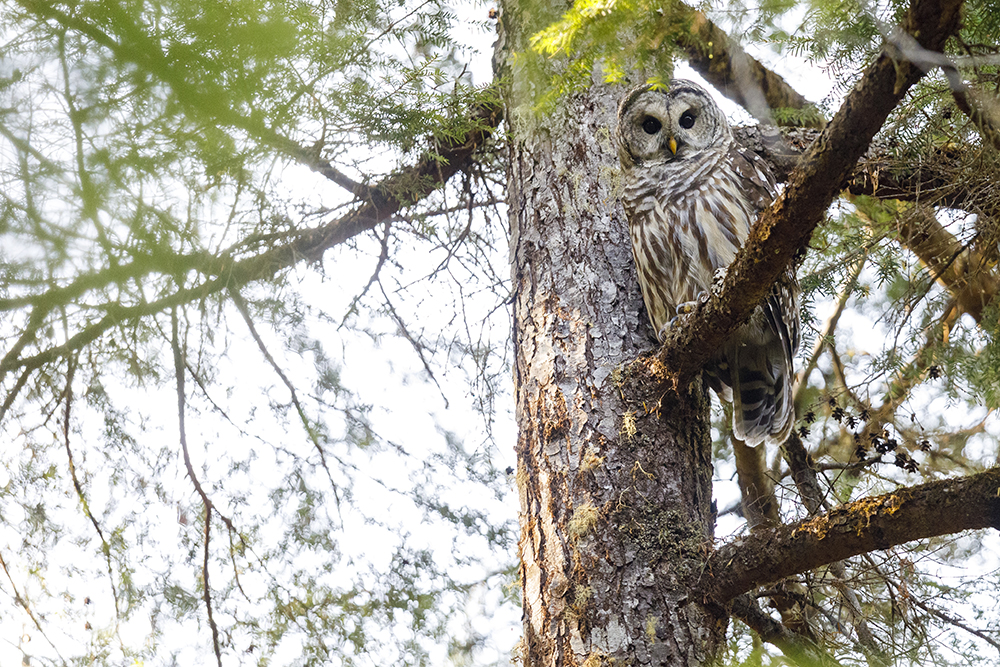
How does sustainable forestry impact the environment?
So what role does sustainable forestry play in protecting the environment? In a word, its impact is massive.
Sustainable forestry impacts the environment by rapidly capturing carbon, protecting habitats for a variety of fauna and flora, providing recyclable raw material for thousands of products and ensuring the lifecycle of forests continues for generations.
Thanks in large part to companies that manage their forests sustainably, there are as many trees in the U.S. today as there were 100 years ago.
“To grow, a tree uses a process called photosynthesis, which is taking the carbon dioxide out of the air, storing the carbon as wood, and releasing oxygen for us all to breathe,” explains Forest Estate Manager Acacia Farmery from our New Zealand team. “Just by being there, a tree is actually helping to fight climate change and reduce the carbon dioxide in the air.”
Rapidly capturing CO2
Because timber forests are optimized to grow trees quickly, they sequester carbon dioxide (CO2) quickly too. In fact, according to ForestCarbonDataViz.org, private working forests like Rayonier’s account for nearly 75 percent of the carbon sequestered in the U.S. each year. Likewise in New Zealand, the carbon sequestration of working forests is significant, with an estimated 25 million tonnes of CO2 removed from the atmosphere annually according to the nation’s Forest Owners Association.
But what happens to that carbon when after a harvest? It actually stays in the trees for the lifetime of the product they become. For example, if a tree becomes lumber and that lumber is used to build a house, the carbon will continue to be stored in the wood. Forest products are also one of the most commonly recycled materials on earth: when a tree is used to make paper or cardboard, chances are that material will be used several times over.
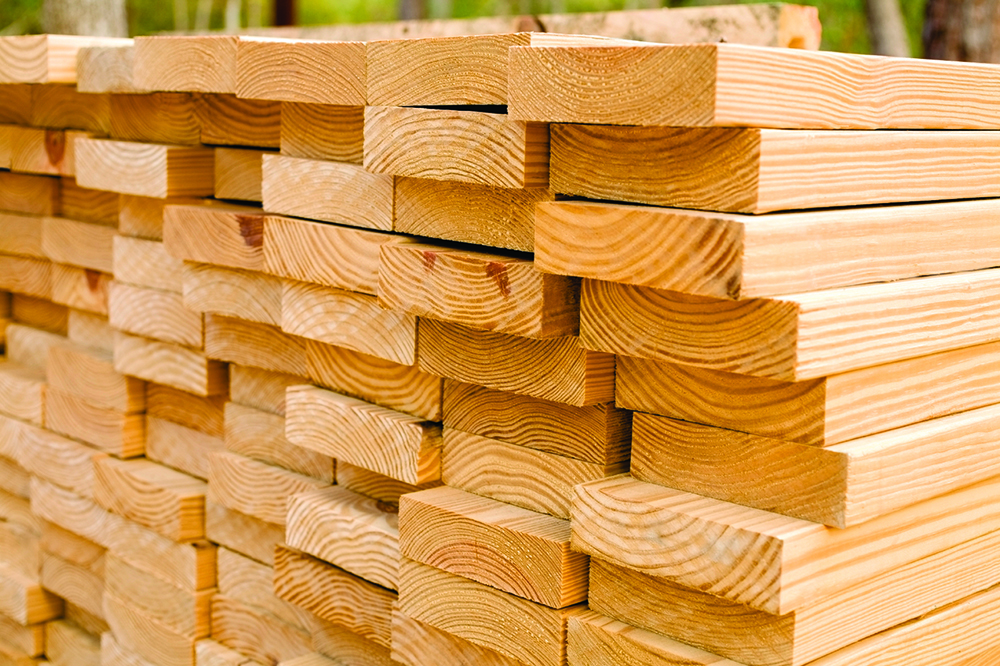
Sustainably managed forests have also provided a haven for many different plant and animal species to thrive. Without our vast array of habitats, certain species would struggle to find an appropriate habitat. But our process naturally provides for many different plants’ and animals’ unique needs. Rare and endangered aquatic populations are also protected through our best management practices. For example, the leopard darter, a small freshwater fish, is carefully protected in the streams that cross our Oklahoma forests.
And it’s not just the wildlife that needs the forest, explains Research Biometrician Stephanie Patton:
“Our forests provide a lot of social benefits to society,” she says. “For example, you can come out here and recreate, going on hikes, hunting, birdwatching, looking for insects, looking for wildlife, collecting sheds in the forest from the deer that are all around. It’s also an opportunity to educate folks on just natural resources in general. We’ve got this great resource that’s available for people to come out and learn about different plant species or different ways that we manage forestry. That’s what we want to utilize the forest for, to share that education as well.”
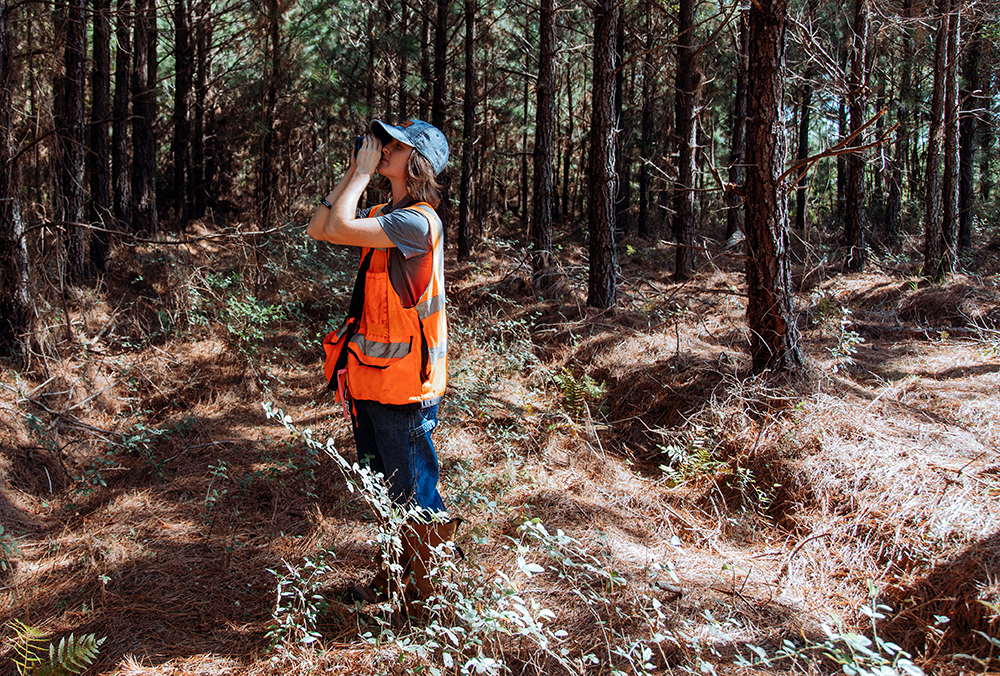
How can people support sustainable forestry?
We all know trees are in wood and paper products, but they’re also in thousands of other everyday products: medicines and bath products; toothpaste and toothbrushes; makeups and paints; helmets and hard hats. Even touchscreens rely on wood fibers. Diapers, the frames on eyeglasses and the casings on sausages all contain materials produced from trees too. In other words, you use forest products every day.
You can learn more about the products made from trees and the reason trees are a good resource for so many products in our article series, #ItStartsWithTrees.
Choose products from sustainably managed forests
So how can you ensure the products you use come from sustainably managed forests?
Look at the labels. Products sourced from sustainable forests will include a designation such as the SFI, FSC or PEFC label. In order to have that label, the forest products used to make the item have to be sustainably sourced—not just in the way they were produced at the mill, but even all the way back to the way the forester planted the tree that made that product decades ago.
To see examples of these labels, visit the organizations’ websites:
- SFI: https://forests.org/labelsandclaims
- FSC: https://fsc.org/en/what-the-fsc-labels-mean
- PEFC: https://pefc.org/what-you-can-do/look-for-the-pefc-label
Sustainable forestry plays a critically important role in our world, and you can have a part in supporting good forest management by purchasing only sustainably sourced forest products!









Leave a Comment